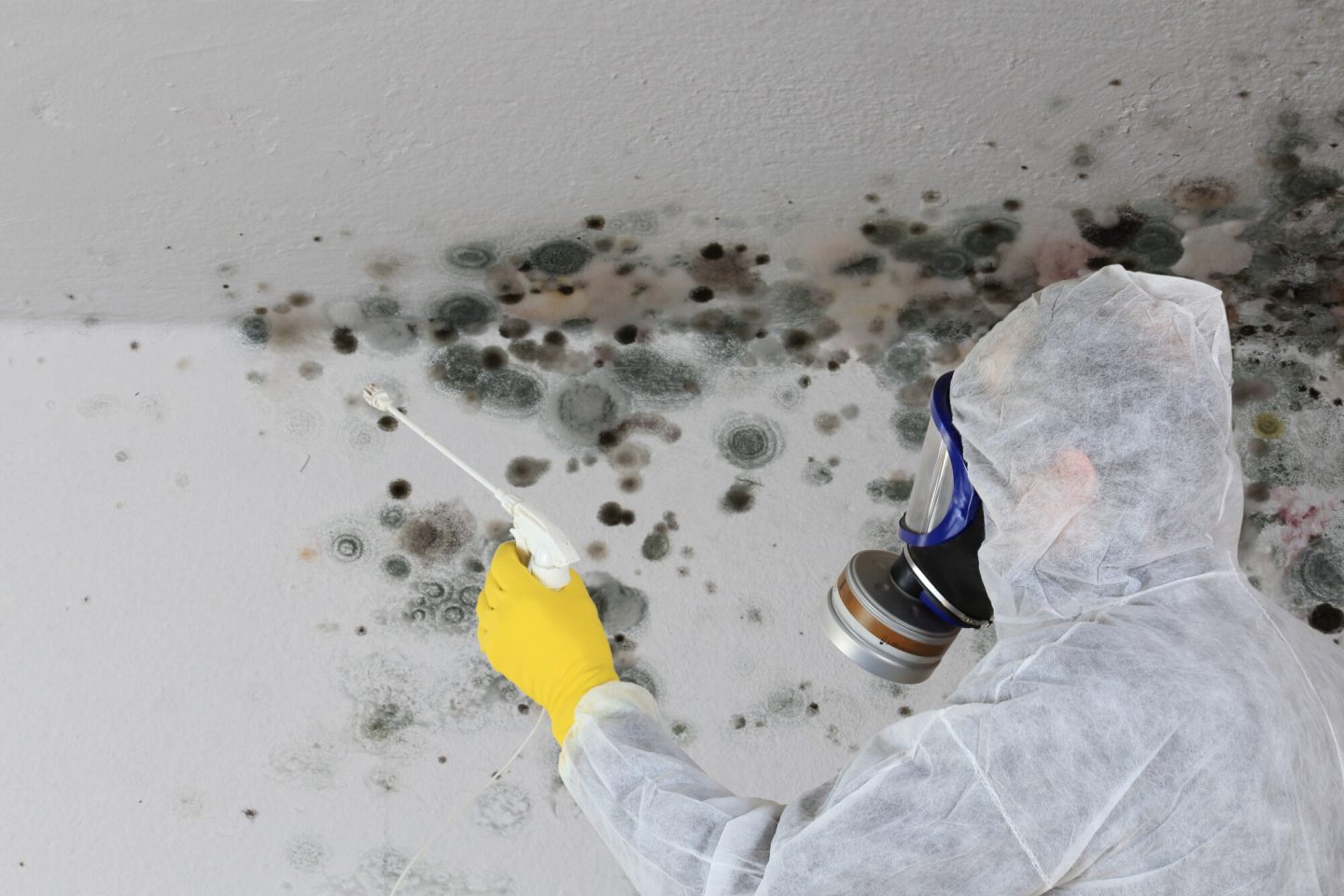
Mold is a type of microscopic fungus that grows via multicellular filaments. When left to thrive, some fungi can pose risks to human health, regardless of their color.
For instance, the NCBI recognizes Candida auris as a serious global health threat. This fungal pathogen is usually white, pink, red, or orange.
Fortunately, you’re unlikely to encounter this mold in your home. Here, you’re more likely to see one of the toxic or non-toxic black molds.
Keep reading to find out more about these types of mold.
Types of Non-Toxic Black Mold
Mold spores are a part of every healthy environment, but they thrive in damp, humid spaces created by condensation, flooding, or water leaks.
Common black mold can occur anywhere. It’s easy to clean and doesn’t have the same smell as toxic mold.
Toxic black mold only occurs in damp, humid spaces, like attics or water-damaged basements. It has a strong, musty, dirty odor, and it takes only 72 hours for toxic black mold to grow in these damp spaces.
Timeous water damage mediation is the best way to prevent the growth of black mold.
Symptoms of Toxic Mold Exposure
While all mold and mildew are unsightly and detract from your home’s value, the sight of black mold usually causes concern for homeowners.
Most black molds are closely related to harmless green molds. While they can create an allergic reaction in some people, they’re unlikely to cause persistent symptoms.
Prolonged exposure to non-toxic black mold spores typically causes symptoms like:
- Eye irritation
- Sinus infections
- Congestion
- Sneezing, coughing, or wheezing
- Sore throat
- Skin rash
One type of black mold, Stachybotrys chartarum, produces harmful mycotoxins that may cause harm if you inhale these mold spores for a long time.
Black mold toxicity presents many of the same symptoms as exposure to non-toxic black mold, but it can also cause mold-induced asthma attacks.
If you experience wheezing, shortness of breath, coughing, or chest tightness after mold exposure, consult a doctor immediately.
According to the CDC, the jury’s still out on the exact effects of black mold (Stachybotrys chartarum) on human health. Yet they stress that you must remove all mold from your home to safeguard your health.
What Can You Do About Mold in Your Home?
A clean, dry home is your first defense against mold toxicity. When you experience a water leak or flooding at your home, you must arrange for water damage mediation as soon as possible.
You can clean ordinary molds using a commercial mold and mildew remover, dish soap, or bleach. Don’t attempt to clean toxic black mold yourself.
Enjoy a Mold-Free Home
In most cases, non-toxic black mold has no ill effects on people, but it’s always best to arrange for professional mold removal to keep your environment healthy.
Cleaning mold yourself is a time-consuming and ongoing chore. Instead, get expert help to ensure your home stays mold-free for good.
We can assist with a range of home services, including mold remediation. Get in touch today to discuss your needs.

